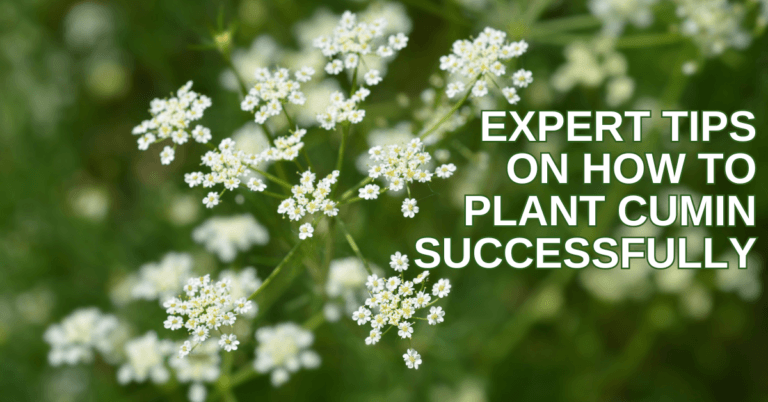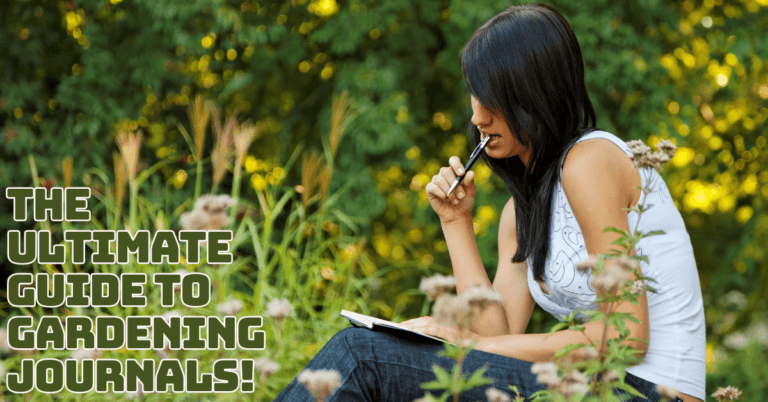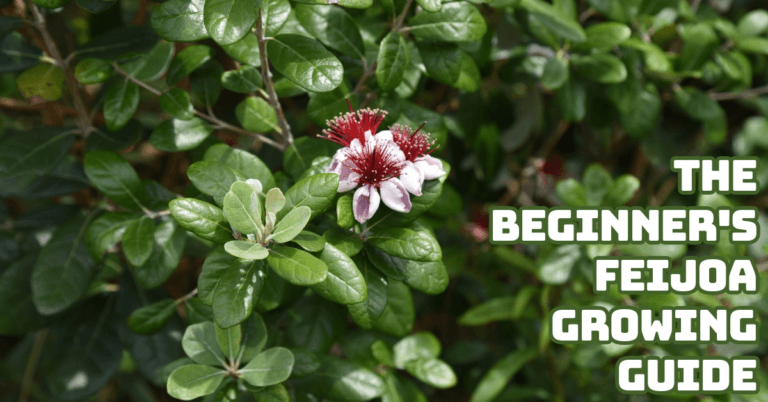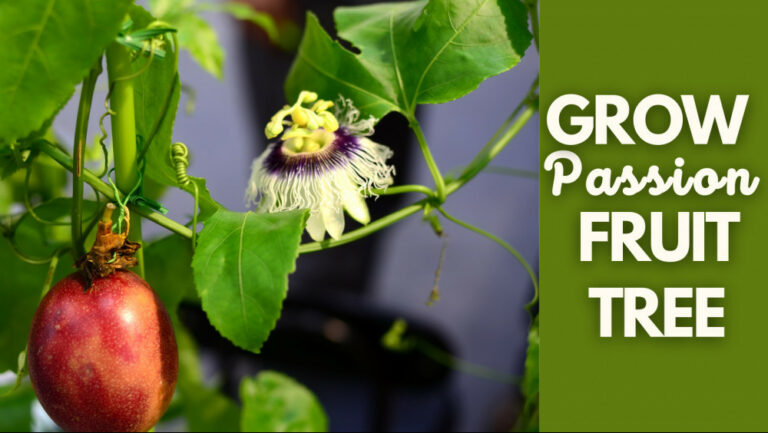How To Prepare Soil For Planting Herbs
How To Prepare Soil For Planting Herbs
Have you ever wondered why some herb gardens flourish with lush greenery and abundant harvests while others struggle to produce even a single sprout? The secret lies beneath the surface – in the soil.
Soil preparation is the cornerstone of successful herb cultivation, dictating your herbal oasis's health, vitality, and productivity.
Properly preparing the best herb soil provides essential nutrients and optimizes root development and overall well-being.
So, how do you unlock the full potential of your herb garden? Join us on a journey through the art and science of soil preparation.
In this guide, we'll explore the essential steps for effectively preparing the soil for planting herbs, ensuring your herb garden thrives and yields a bounty of flavorful and aromatic spices for culinary and medicinal purposes.
The Best Soil For Herbs
When growing herbs, the best soil is well-draining and rich in organic matter. Here is a basic recipe for a good herb-growing soil mix:

1. Loamy Soil
Loamy soil is a gardener's delight, offering the perfect blend of sand, silt, and clay for optimal plant growth.
Its balanced texture ensures excellent drainage, prevents waterlogging and retains moisture and essential nutrients for herb development.
This harmonious mix fosters healthy root systems and vigorous growth, supporting herbs like basil, thyme, rosemary and cilantro. In this fertile soil, herbs flourish, creating vibrant and thriving gardens filled with culinary delights and aromatic scents.

2. Sandy Soil
Sandy soil, known for its excellent drainage and quick warming properties in spring, offers advantages for early-season herb cultivation. Its rapid warming allows for early planting, promoting faster growth and development.
However, sandy soil type also tends to dry out rapidly, necessitating more frequent watering to maintain optimal moisture levels.
Additionally, due to its lower nutrient-holding capacity, sandy soil often requires more frequent fertilization to ensure adequate nutrition for herb plants throughout their growth cycle.
3. Clay Soil
Clay soil, notorious for its dense, water-retentive nature, challenges many plants. However, resilient herbs like mint and chives have adapted to thrive in clay soil.
Despite its waterlogging tendency, incorporating organic matter can enhance clay soil by improving drainage and increasing nutrient availability.
With proper amendments, clay soil can become a suitable habitat for these robust herbs, demonstrating their resilience and adaptability to varying soil conditions.
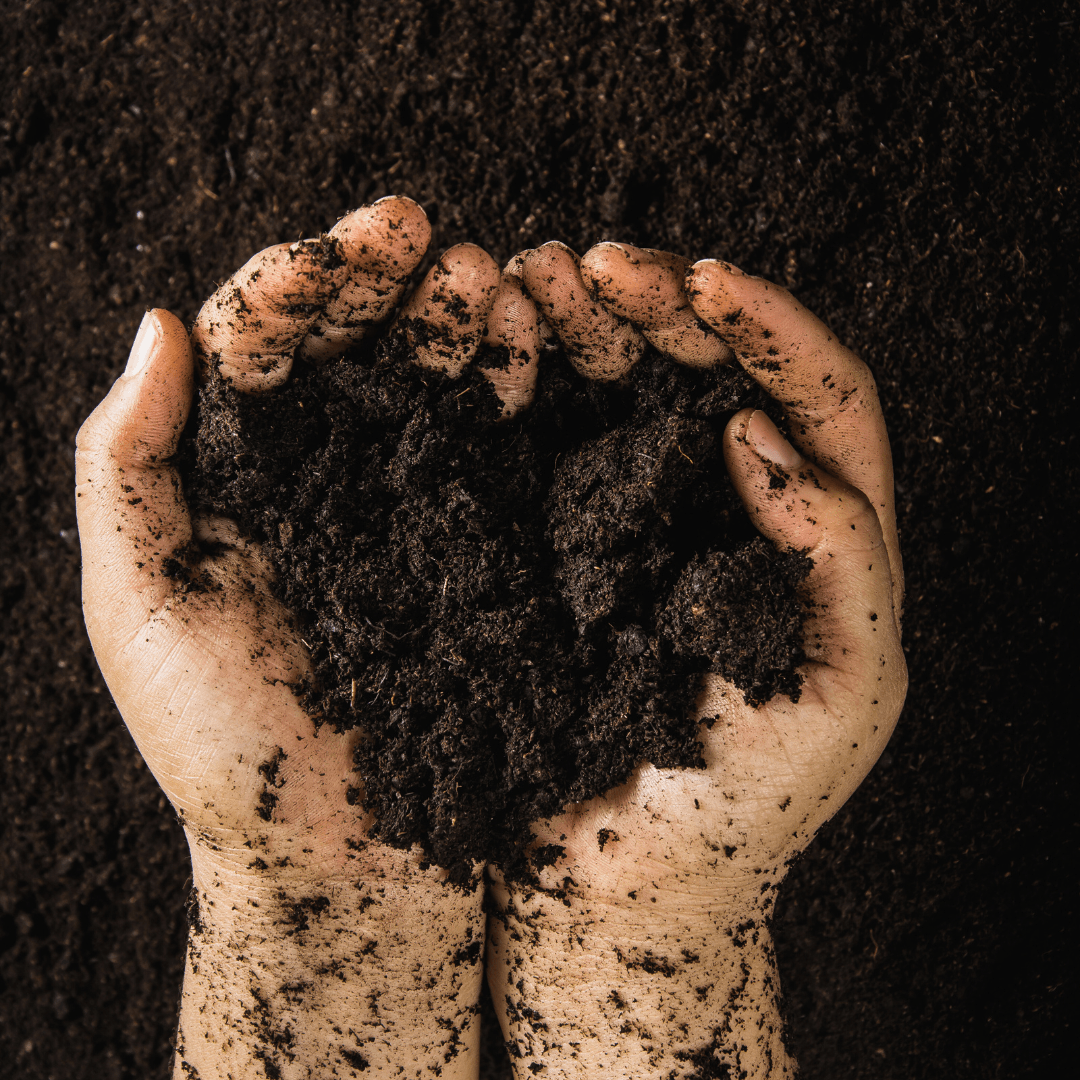
4. Silt Soil
Silt soil, characterized by its smooth texture and excellent moisture retention, provides an ideal environment for herbs that thrive in consistently moist conditions, such as parsley and cilantro.
The fine silt particles enable the soil to retain moisture effectively, ensuring a steady water supply for herb growth.
With its inherent fertility and moisture-holding capacity, silt soil supports the lush development of parsley and cilantro, allowing these herbs to flourish and thrive in this nurturing substrate.
5. Chalky Soil
Chalky soil, characterized by its alkaline nature, poses challenges for many plants due to its high pH levels.
However, it provides an excellent habitat for Mediterranean herbs like lavender and rosemary, which have evolved to thrive in such conditions.
These herbs prefer well-drained, alkaline soils, making chalky soil ideal for their growth. With its ability to offer the right balance of drainage and pH, chalky soil supports the robust development of lavender and rosemary, ensuring their vitality and aromatic qualities flourish.

6. Peat-Based Soil
Peat-based soil, characterized by its acidity, provides a suitable environment for acid-loving herbs such as basil and parsley.
These herbs thrive in the acidic conditions offered by peat-based substrates, promoting healthy growth and robust flavours.
However, it's essential to consider the environmental consequences of peat moss harvesting, as it can adversely affect delicate ecosystems.
Exploring sustainable alternatives ensures the cultivation of herbs while minimizing environmental impact, promoting responsible gardening practices for future generations.
7. Potting Mix
Utilizing a high-quality potting mix is essential for container-grown herbs. Opt for mixes with added perlite or vermiculite, which enhances drainage and aeration and is crucial for healthy root development.
Specifically formulated mixes for herbs or vegetables provide the ideal balance of nutrients, ensuring optimal growth and flavour.
By selecting the right potting mix, container-grown herbs can thrive, offering a convenient and bountiful supply of fresh herbs for culinary endeavours.
8. Raised Garden Bed Mix
A raised garden bed mix, tailor-made for elevated gardening, presents an excellent option for cultivating herbs.
These specialized blends typically incorporate topsoil, compost, and various amendments, ensuring optimal drainage and aeration for robust plant growth.
Gardeners can use a raised bed mix to create an ideal growing environment for herbs, maximizing nutrient availability and promoting healthy root systems.
With the right blend, raised beds offer a convenient and efficient way to cultivate herbs, yielding abundant harvests for culinary enjoyment.
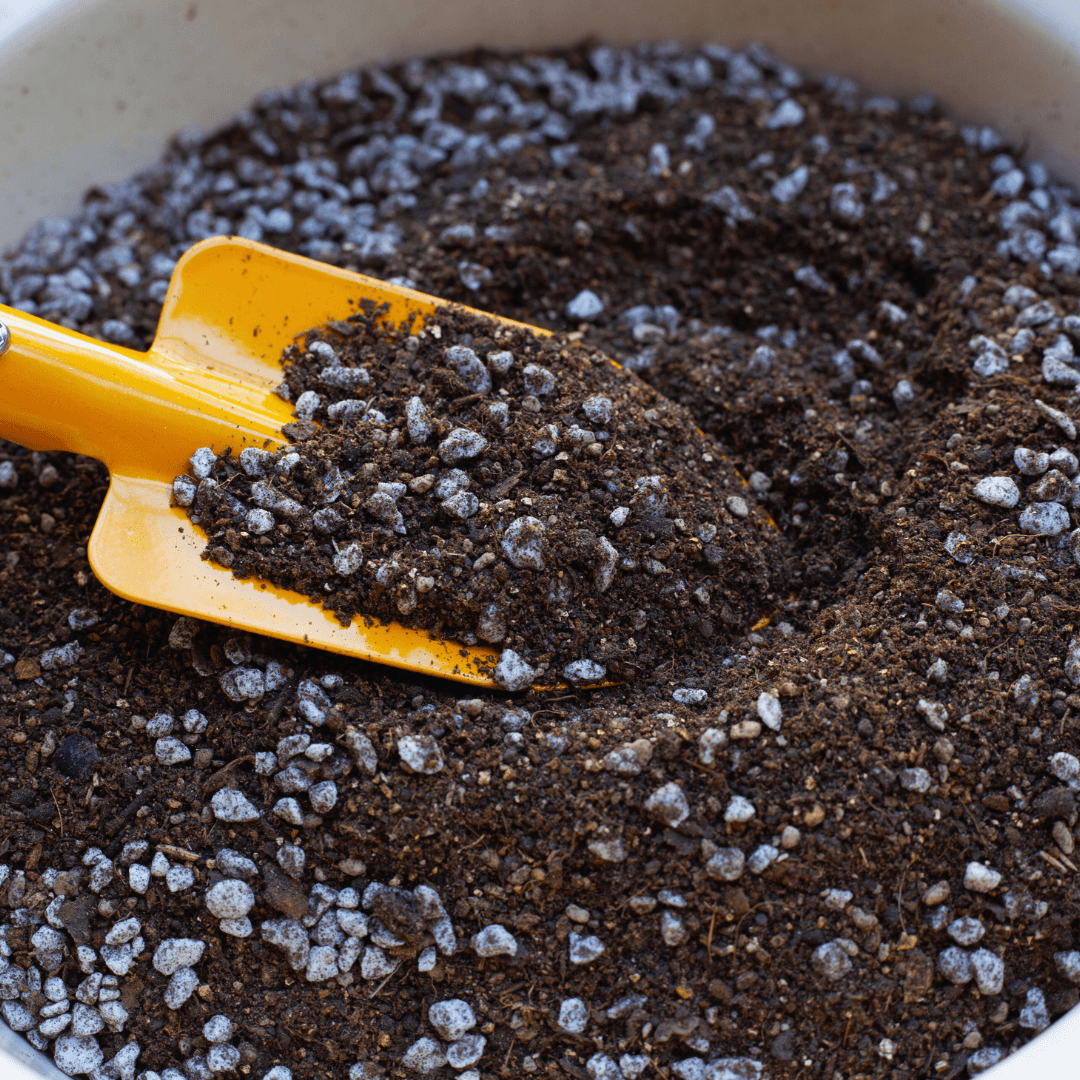
9. Cactus Or Succulent Mix
A cactus or succulent mix proves advantageous for herbs demanding exceptionally well-draining soil, like thyme and oregano.
Tailored to meet the needs of drought-tolerant plants, these mixes often integrate sand or perlite to enhance drainage.
By selecting a cactus or succulent mix, gardeners can ensure that herbs prone to root rot thrive in an environment that effectively expels excess moisture, promoting healthy growth and vigour for these resilient culinary plants.
10. Seed Starting Mix
A lightweight seed starting mix can be beneficial when starting herbs from seed. These mixes are fine-textured and provide good aeration for developing roots.
Engineered specifically for germination, these blends boast a fine texture that fosters optimal aeration, which is crucial for robust root development.
By utilizing a seed starting mix, gardeners ensure that delicate herb seeds receive the ideal environment for germination, setting the stage for healthy seedling growth.
11. Garden Soil With Amendments
Enhancing existing garden soil with amendments like compost, perlite, or vermiculite can elevate its quality and productivity.
Compost improves the soil with essential nutrients while promoting beneficial microbial activity. Perlite and vermiculite improve drainage and aeration, which are crucial for root health and plant growth.
By incorporating these amendments, gardeners can transform their soil into a fertile, well-balanced substrate, providing an optimal environment for herbs to thrive and flourish, yielding abundant harvests season after season.
12. No-Dig/No-Till Soil
No-dig or no-till soil management involves building soil health gradually by layering organic matter on the surface rather than tilling or digging.
This method enhances soil structure and fertility while preserving the natural ecosystem. Gardeners foster a thriving soil environment where beneficial organisms flourish by adding layers of compost, mulch, and other organic materials.
This approach promotes sustainable gardening practices, minimizing soil erosion and nutrient loss while supporting healthy plant growth and long-term soil health.
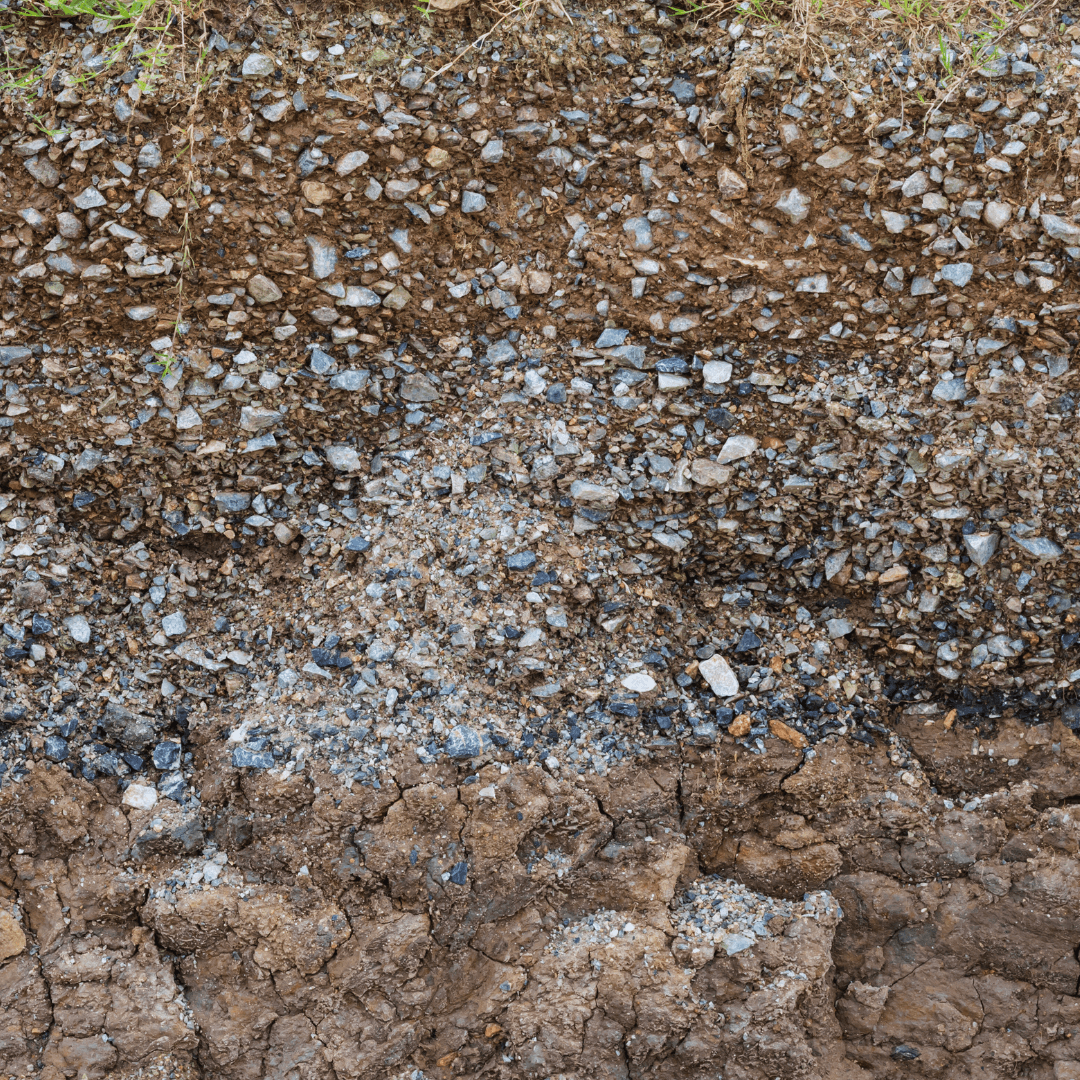
13. Rocky Or Gravelly Soil
Though challenging for many plants, Rocky or gravelly soil offers a suitable habitat for certain Mediterranean herbs, such as thyme and rosemary.
These resilient herbs have adapted to thrive in environments with excellent drainage, which is characteristic of rocky or gravelly soil.
Despite its limitations, this soil type allows these herbs to flourish, promoting healthy root systems and robust growth.
Gardeners can cultivate thriving herb gardens with minimal intervention by selecting herbs that can thrive in such conditions.
14. Hydroponic Or Aquaponic Mediums
In indoor herb gardens or hydroponic/aquaponic systems, specialized growing mediums replace traditional soil, ensuring optimal conditions for plant growth.
Materials like coconut coir, perlite, or clay pellets offer excellent water retention and aeration properties crucial for hydroponic and aquaponic setups.
These mediums provide a stable foundation for herb cultivation, promoting healthy root development and nutrient absorption without the need for soil.
Gardeners can create efficient and sustainable growing environments by utilizing hydroponic or aquaponic mediums, maximizing space and resources for vibrant indoor herb gardens.
How To Prepare Soil For Planting Herbs
Preparing soil for planting herbs involves several vital steps to ensure optimal growing conditions and support healthy plant development.
Here's an in-depth guide on how to prepare soil for planting herbs:
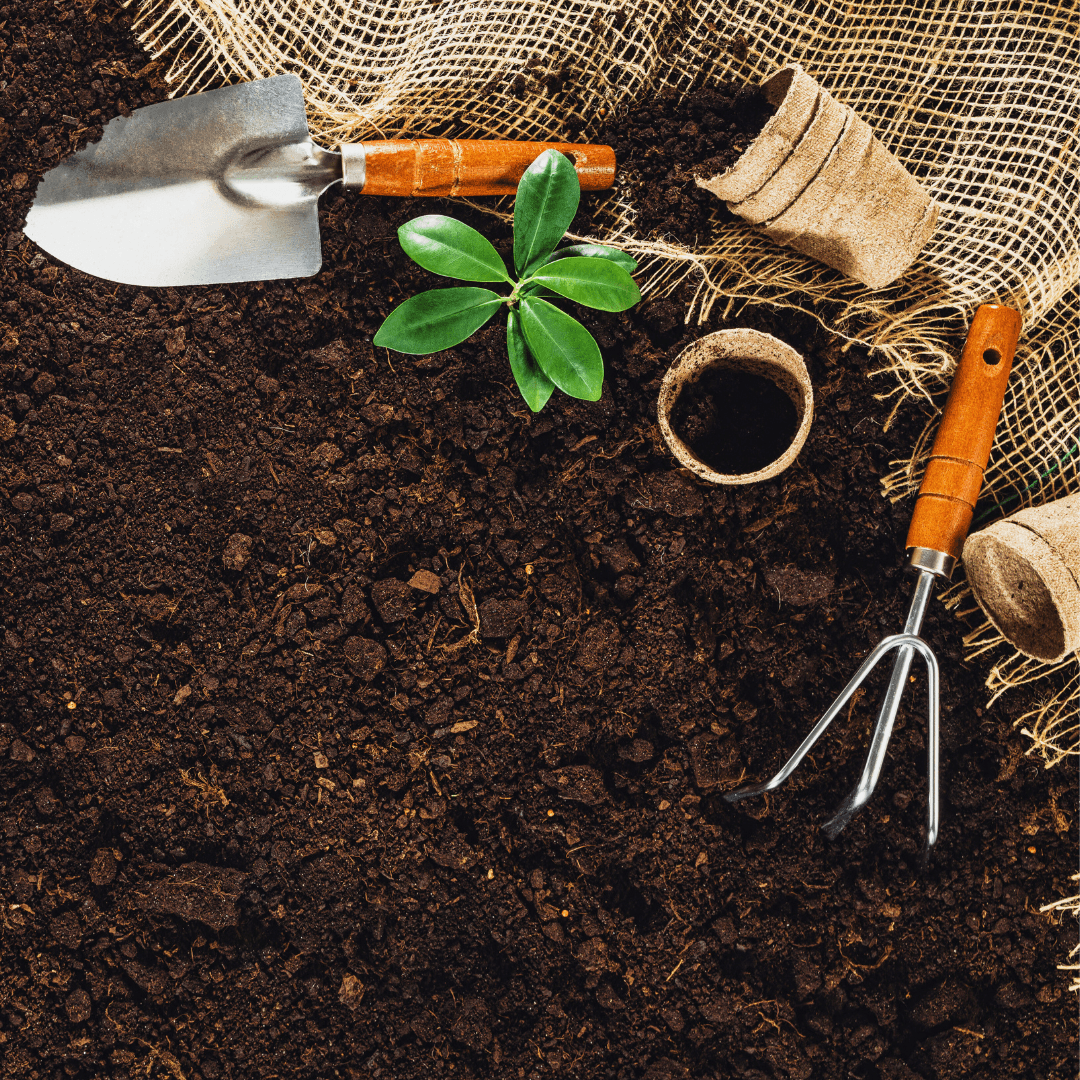
1. Selecting The Site
Picking out the perfect spot for your herb garden ensures your plants have everything they need to thrive while keeping things convenient.
Look for a sunny spot that gets around 6 to 8 hours of direct sunlight daily—this sunlight is like fuel for your herbs, helping them grow strong and healthy.
Also, ensure the area has good drainage so your herbs don't have soggy feet. And don't forget about water!
It's essential to have a water source nearby for easy watering, as keeping your herbs consistently moist is key to their well-being.
Finding a spot that ticks all these boxes will create a haven for your herb garden to flourish, bringing you plenty of delicious and aromatic harvests.
2. Clearing The Area
Clearing the area before planting your herb garden is crucial for setting up the perfect growing environment.
Start by removing vegetation from the planting site, including weeds, rocks, and debris. This process ensures a clean slate for your herbs and reduces competition for nutrients and water.
By clearing the area thoroughly, you eliminate obstacles that could hinder herb growth and establish a prime space for planting.
This initial step lays the groundwork for success, providing your herbs with the optimal conditions for healthy development and abundant harvests.
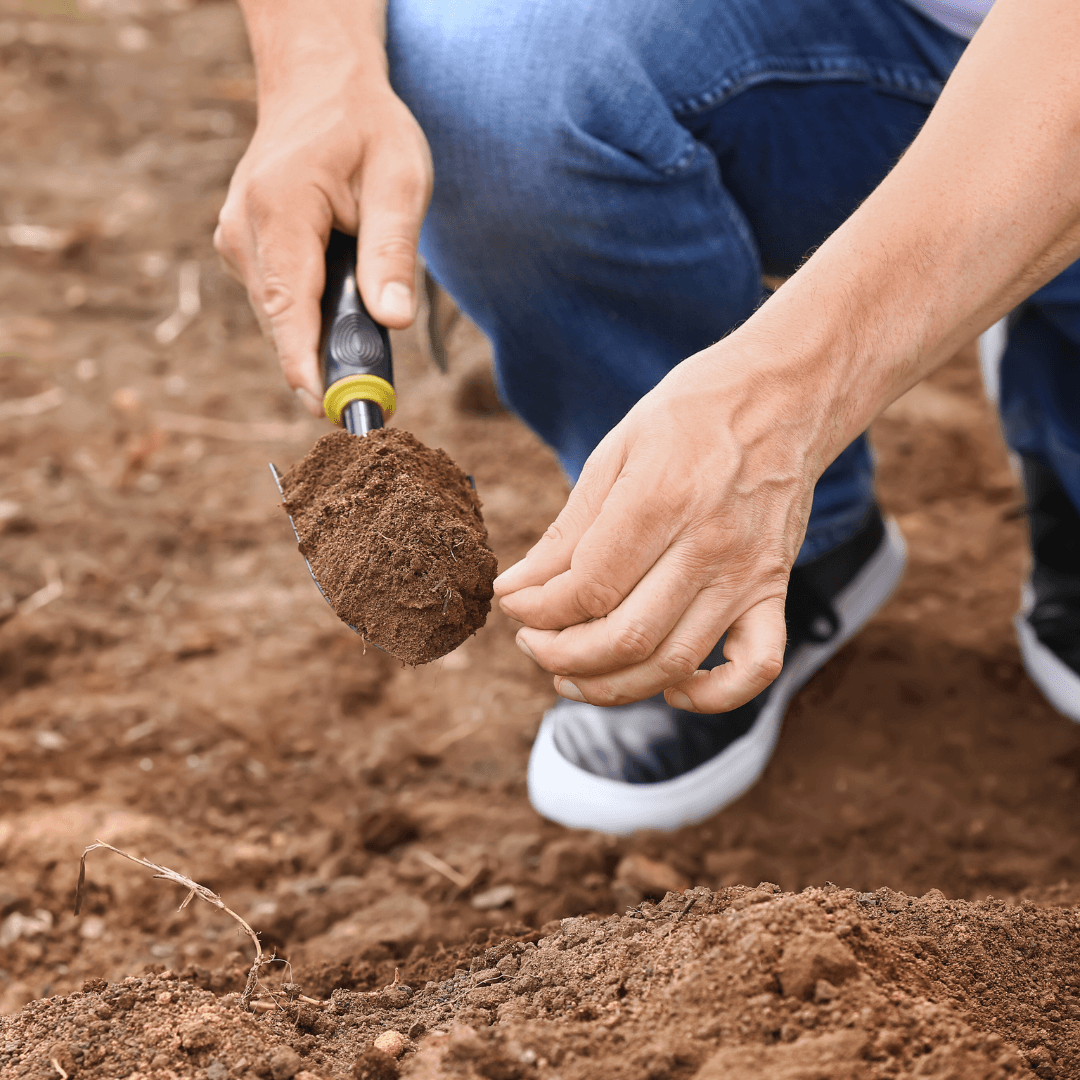
3. Soil Testing
Before planting herbs, conducting a soil test is crucial to understanding the soil's pH level and nutrient content.
Luckily, many cooperative extension offices or garden centers offer soil testing services, giving you valuable insights into your soil's unique characteristics.
Soil testing helps determine whether any amendments are necessary to optimize soil fertility and pH for herb growth.
By analyzing your soil, you can pinpoint any deficiencies or imbalances and then make informed choices about what types and amounts of amendments to add.
This strategy lays the foundation for a flourishing herb garden, guaranteeing robust growth and optimizing yield.
4. Amending The Soil
Once you have your soil test results, it's time to give your soil a little love to make it right for your herbs.
Depending on the findings, adjustments may be needed to enhance the soil's texture, structure, nutrient content, and pH.
Adding some organic matter, like compost, well-rotted manure, or aged leaf mould, enriches the soil with essential nutrients and improves water retention and drainage properties.
If the soil test indicates that the pH level needs a little nudge, you can add lime to boost it or sulphur to drop it.
By amending the soil to its specific needs, gardeners can create a nutrient-rich and balanced substrate conducive to healthy herb growth and flourishing gardens.
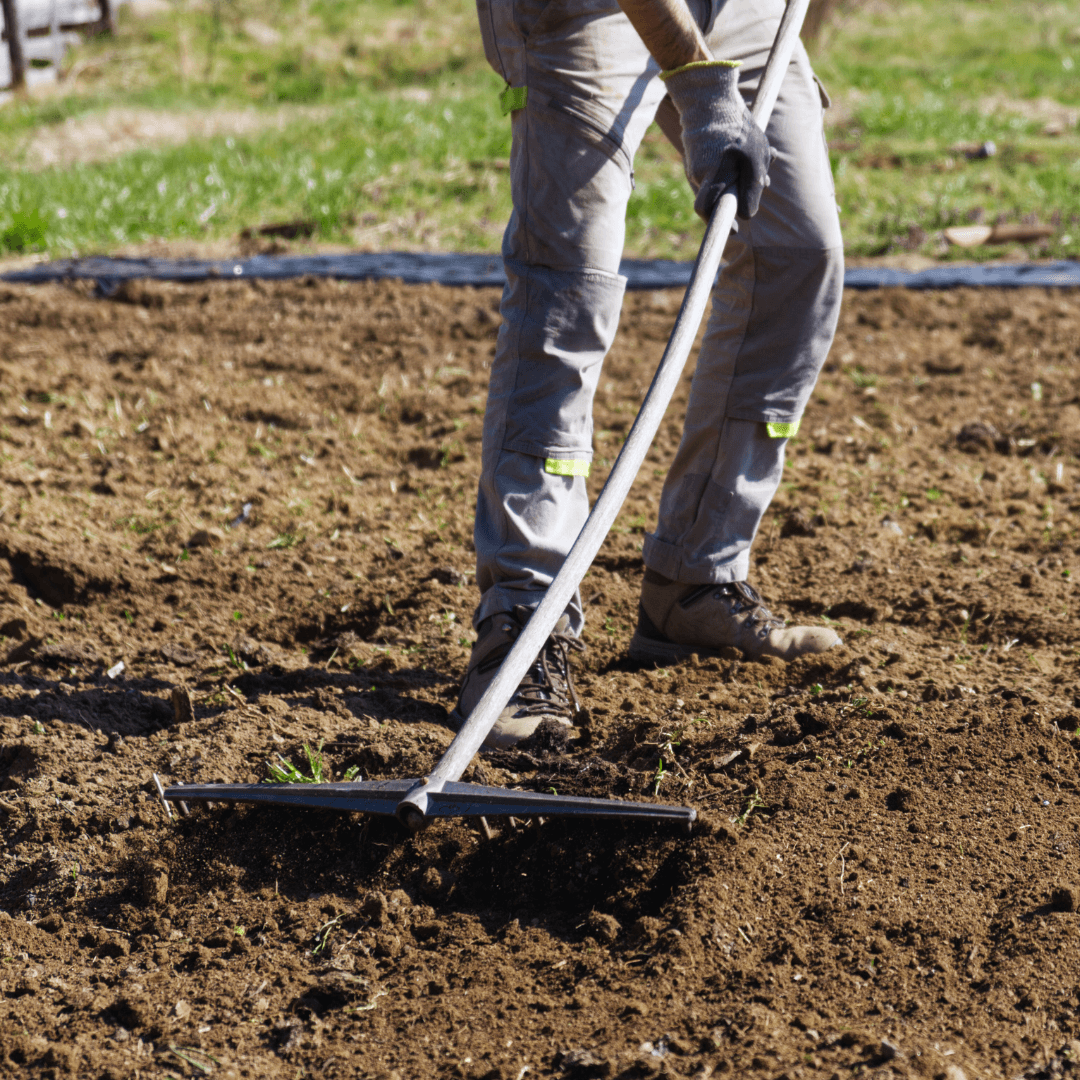
5. Tilling Or Loosening The Soil
Tilling or loosening the soil is critical to prepare the soil effectively for planting herbs. You can use handy tools like a garden fork, tiller, or shovel to gently loosen up the soil, making it nice and airy to a depth of 6 to 8 inches.
This process helps break up compacted soil, improving aeration and facilitating root penetration for herb plants.
Additionally, as you till or loosen the soil, it's important to incorporate any soil amendments evenly throughout it.
This ensures uniform distribution of nutrients, promoting balanced growth and development for your herbs.
By diligently tilling or loosening the soil and incorporating amendments, you create an optimal growing environment that sets the stage for healthy and thriving herb plants.
6. Levelling The Soil
After tilling or loosening the soil, the next step in preparing for herb planting is to level the soil surface.
Carefully smooth the soil using a rake to create a uniform and even planting bed. This ensures that the herb seeds or seedlings will be planted at an appropriate depth and have consistent soil nutrients and moisture access.
Additionally, while levelling the soil, remove any large clumps, rocks, or debris that may impede plant growth or interfere with planting operations.
Creating a clean and level surface provides the optimal conditions for successful herb cultivation, promoting healthy root development and overall plant growth.
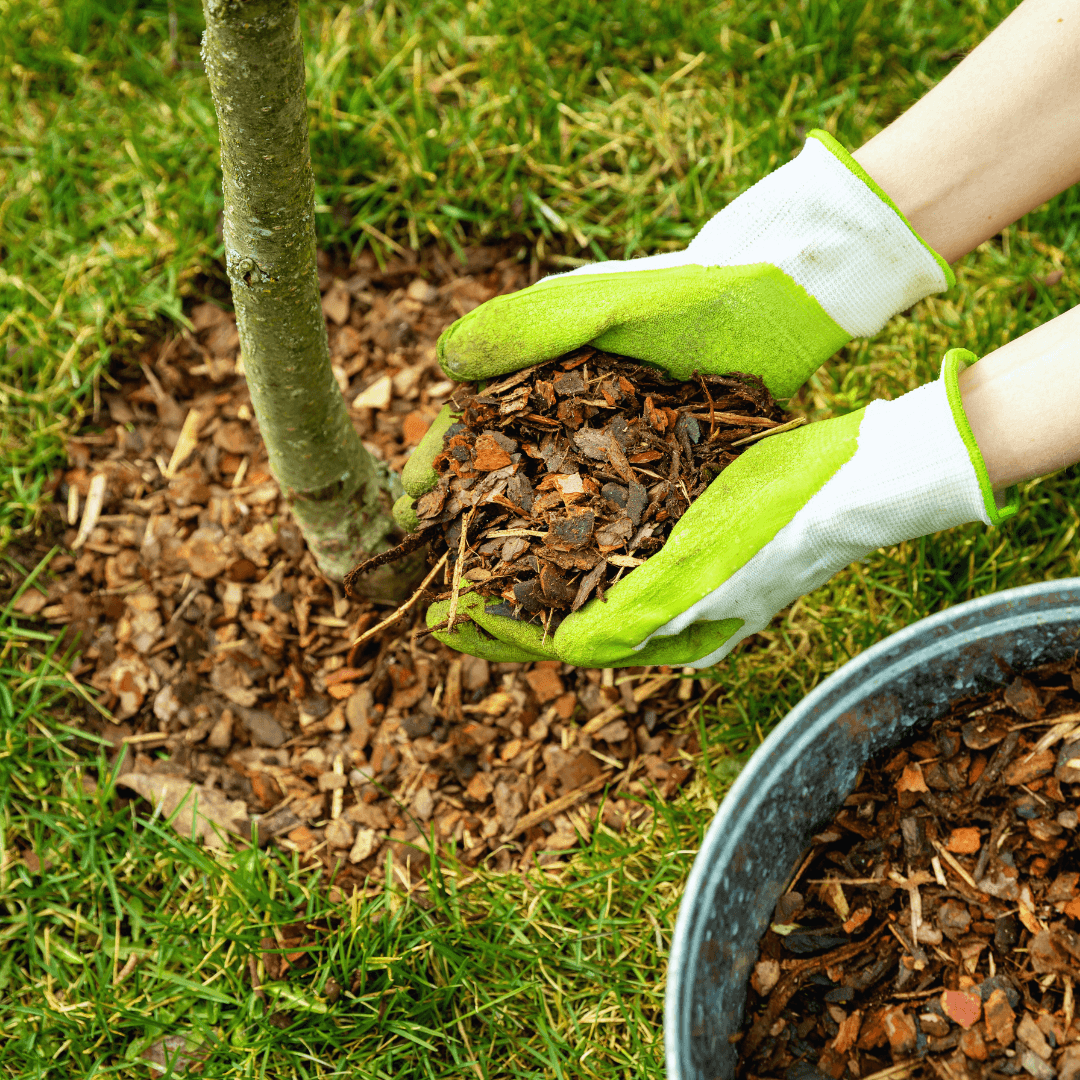
7. Mulching (optional)
Mulching, though optional, offers numerous benefits to soil health and herb growth. Start by gently spreading a cozy blanket of organic mulch, like straw, shredded leaves, or bark chips, around the base of your herb plants.
This blanket of mulch serves several important roles:
- It assists in retaining soil moisture, reducing the need for frequent watering.
- It suppresses weed growth, minimizing competition for nutrients and sunlight.
- It moderates soil temperature fluctuations, providing a more stable environment for root growth.
- It helps prevent soil erosion, particularly in sloped areas.
However, it's essential to leave a gap around the base of herb plants to prevent the mulch from directly contacting the stems, as this can create conditions conducive to rot or disease.
8. Watering
Before planting herbs, it's crucial to thoroughly water the prepared soil to ensure optimal moisture levels for plant establishment.
This helps to settle the soil and create a conducive environment for root growth. Adequate moisture is essential for facilitating the absorption of nutrients and promoting healthy root development, which is critical for herb plants' overall health and vitality.
Ensuring the soil is adequately moistened before planting gives your herbs the best possible start, setting them up for success in their new environment.
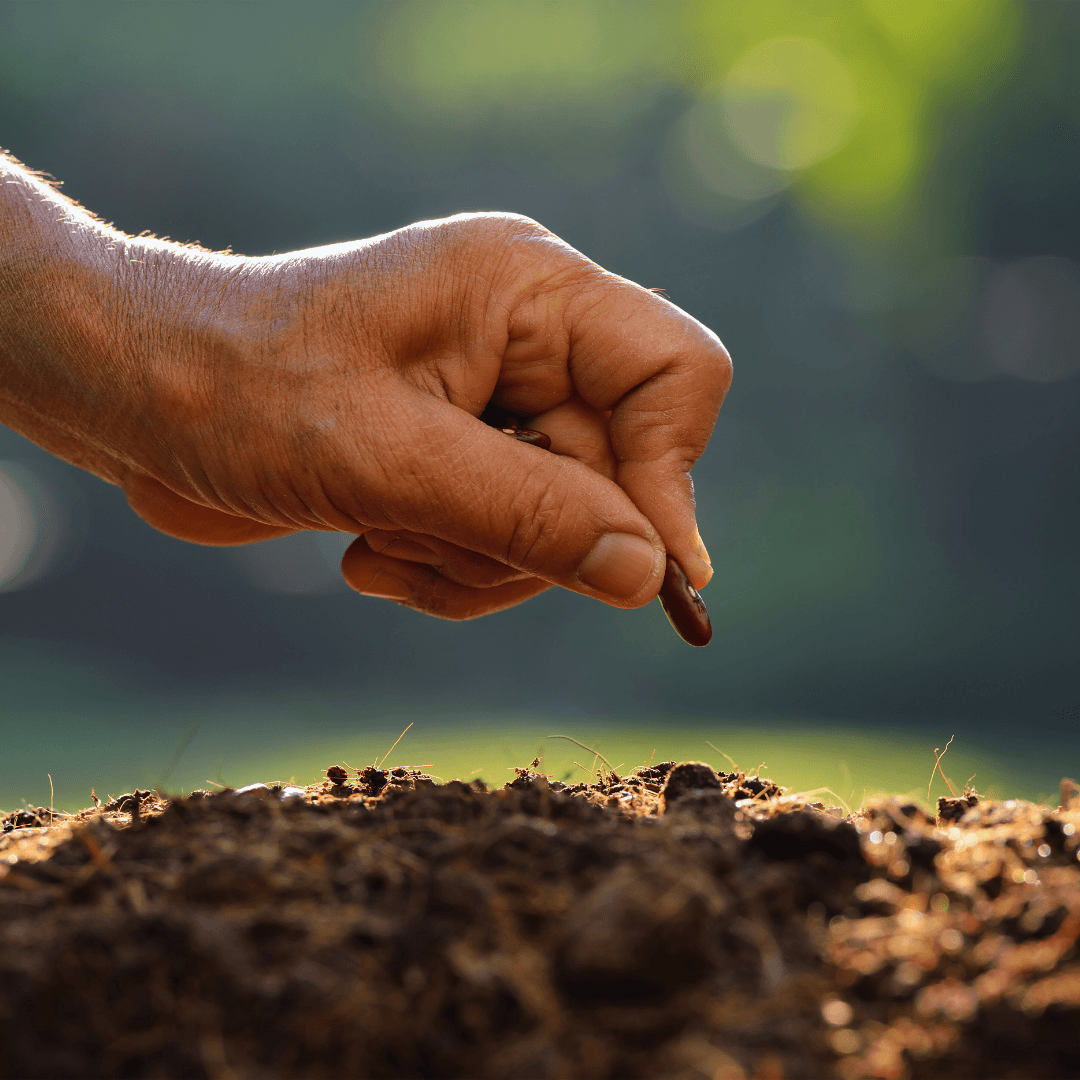
9. Plant Your Herbs
Now that the soil is prepared and watered, it's time to plant your herbs. Follow the planting instructions for each herb variety, taking care to space them according to their specific requirements.
Different herbs have varying spacing needs based on their growth habits and eventual size. Be sure to read the planting guidelines for each herb carefully, as spacing requirements can vary widely between species.
Proper spacing ensures that each herb has enough room to grow and access sunlight, air circulation, and nutrients. You promote healthy growth by planting your herbs according to their specific spacing needs.

10. Monitor And Maintain
Monitoring and maintaining your herb garden ensures healthy growth and productivity. Monitor soil moisture levels carefully and water your herbs as needed, ensuring they receive adequate hydration without becoming waterlogged.
Make it a habit to routinely check your herbs for pests and diseases and promptly address any issues.
To manage pests while minimizing environmental impact, consider employing gentle, organic pest control techniques, like companion planting or neem oil.
Keep enriching the soil with compost or other organic goodies throughout the growing season to maintain soil fertility and support robust plant growth.
By staying vigilant and proactive in your garden maintenance efforts, you'll nurture vibrant herb plants and delight in a plentiful harvest of fresh, aromatic herbs.
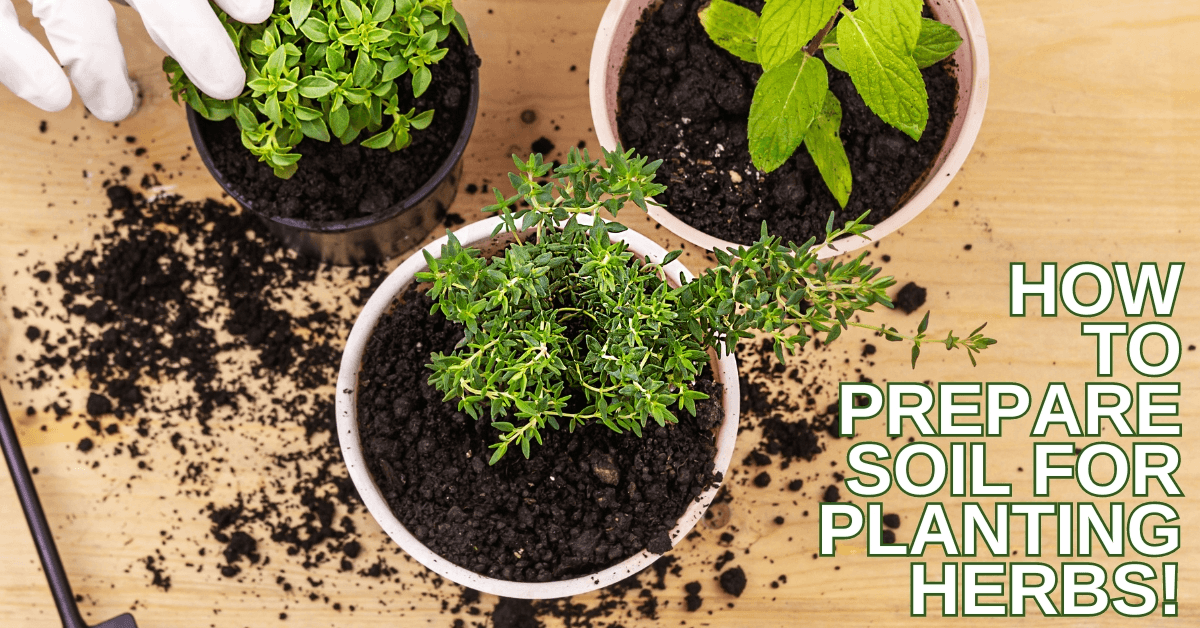
Conclusion
In conclusion, preparing soil for planting herbs is vital in ensuring successful growth and bountiful harvests.
By understanding the specific needs of different herbs, such as drainage, pH levels, and nutrient requirements, you can create optimal conditions for their plants to thrive.
Whether amending soil with compost, adjusting pH levels, or ensuring proper drainage, careful attention to soil preparation sets the foundation for healthy herb growth.
Regular soil health maintenance and monitoring throughout the growing season are essential for sustaining herb vitality.
By following these guidelines on preparing soil for planting herbs, gardeners can cultivate flourishing herb gardens and enjoy the flavorful rewards of their efforts for seasons to come.
I trust you enjoyed this article on How To Prepare Soil For Planting Herbs. Please stay tuned for more blog posts soon. Take care!
JeannetteZ
Your Opinion Is Important To Me
Do you have thoughts, ideas, or questions? I would love to hear from you. Please leave me your questions, experiences, and remarks about this article, How To Prepare Soil For Planting Herbs, in the comments section below. You can also email me at Jeannette@Close-To-Nature.org.
Disclosure
This post may contain affiliate links. As an Amazon Associate and other affiliate programs, I earn from qualifying purchases at no extra cost to you. Please read my full affiliate disclosure.
You might also enjoy these blog posts:
Hummingbirds Of Costa Rica: A Comprehensive Guide
A Comprehensive List Of Duck Types

